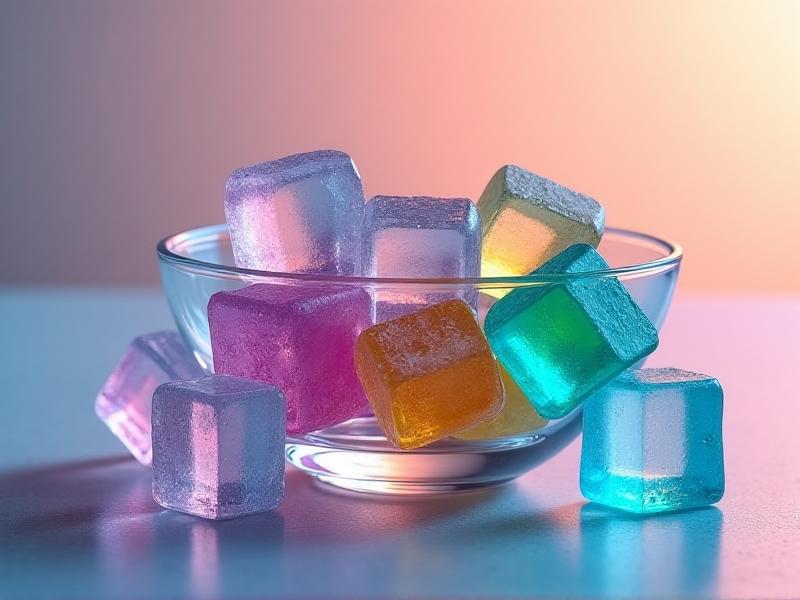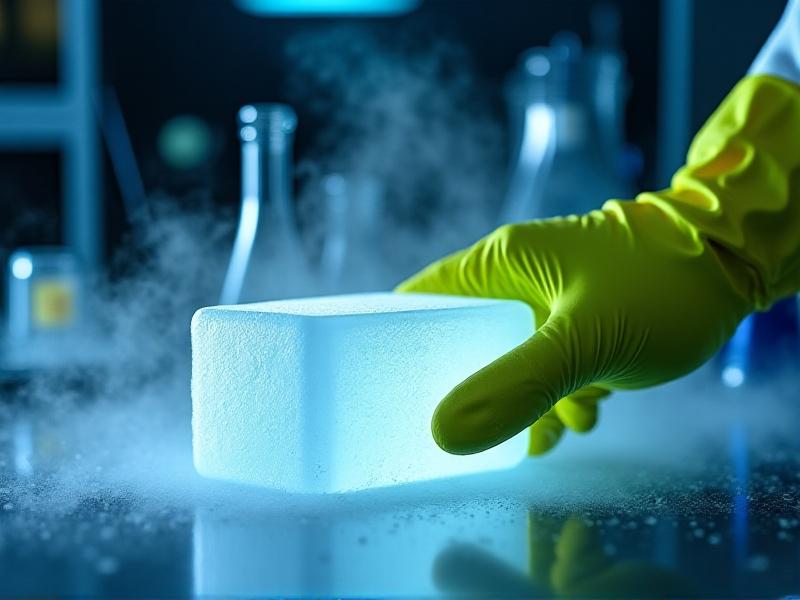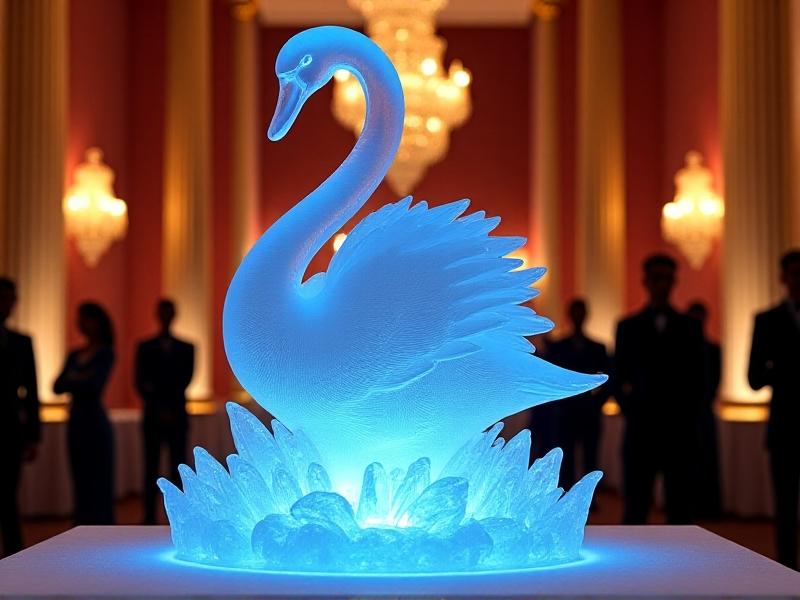Bacteriostatic Additives for Long-Lasting Colored Ice
The Science Behind Bacteriostatic Additives
Bacteriostatic additives are substances that inhibit the growth and reproduction of bacteria without necessarily killing them. These additives are particularly useful in products that require long-term preservation, such as colored ice. The science behind these additives revolves around their ability to disrupt bacterial cell functions, such as protein synthesis or cell wall formation, thereby preventing bacterial proliferation.
In the context of colored ice, bacteriostatic additives ensure that the ice remains free from bacterial contamination for extended periods. This is especially important in settings where ice is used for decorative purposes or in food and beverage applications. The additives work by creating an environment that is inhospitable to bacteria, effectively extending the shelf life of the ice.
Research has shown that certain bacteriostatic additives, such as sodium benzoate and potassium sorbate, are particularly effective in preserving ice. These compounds are commonly used in the food industry and have been proven safe for human consumption. By incorporating these additives into colored ice, manufacturers can offer products that are not only visually appealing but also safe and long-lasting.

Why Colored Ice Needs Preservation
Colored ice is a popular choice for various applications, from decorative centerpieces to enhancing the visual appeal of beverages. However, the very nature of colored ice makes it susceptible to bacterial growth. The dyes and pigments used to color the ice can provide nutrients for bacteria, creating an environment conducive to microbial proliferation.
Without proper preservation, colored ice can become a breeding ground for harmful bacteria, posing health risks to consumers. This is particularly concerning in food and beverage settings, where contaminated ice can lead to foodborne illnesses. Additionally, bacterial growth can cause the ice to develop unpleasant odors and discolorations, diminishing its aesthetic appeal.
Bacteriostatic additives play a crucial role in preserving colored ice by inhibiting bacterial growth. These additives ensure that the ice remains safe and visually appealing for extended periods, making them an essential component in the production of long-lasting colored ice. By addressing the unique preservation needs of colored ice, manufacturers can provide products that meet both safety and aesthetic standards.

Types of Bacteriostatic Additives for Ice
There are several types of bacteriostatic additives that can be used to preserve colored ice. Each type has its unique properties and mechanisms of action, making them suitable for different applications. Common bacteriostatic additives include sodium benzoate, potassium sorbate, and calcium propionate.
Sodium benzoate is a widely used preservative that is effective against a broad spectrum of bacteria, yeasts, and molds. It works by penetrating the bacterial cell and disrupting its internal pH balance, thereby inhibiting growth. Potassium sorbate, on the other hand, is particularly effective against molds and yeasts and is often used in combination with sodium benzoate for enhanced preservation.
Calcium propionate is another bacteriostatic additive that is commonly used in the food industry. It is particularly effective against molds and is often used in baked goods and dairy products. When used in colored ice, calcium propionate helps prevent mold growth, ensuring that the ice remains safe and visually appealing. By understanding the different types of bacteriostatic additives, manufacturers can choose the most appropriate option for their specific needs.

Safety and Regulatory Considerations
When using bacteriostatic additives in colored ice, it is essential to consider safety and regulatory guidelines. These additives must be used in concentrations that are safe for human consumption and comply with food safety regulations. Regulatory bodies, such as the FDA and EFSA, have established acceptable daily intake levels for various bacteriostatic additives to ensure consumer safety.
Manufacturers must also consider potential allergic reactions or sensitivities to certain additives. For example, some individuals may be sensitive to sodium benzoate, which can cause allergic reactions in rare cases. It is crucial to label products accurately and provide information about the additives used to help consumers make informed choices.
In addition to safety considerations, manufacturers must adhere to labeling and packaging regulations. Proper labeling ensures that consumers are aware of the presence of bacteriostatic additives and can avoid products that may cause adverse reactions. By following safety and regulatory guidelines, manufacturers can provide products that are both safe and compliant with industry standards.
Innovations in Bacteriostatic Additives for Ice
The field of bacteriostatic additives is continually evolving, with new innovations emerging to meet the changing needs of the industry. One such innovation is the development of natural bacteriostatic additives, such as essential oils and plant extracts. These natural additives offer an alternative to synthetic preservatives and are gaining popularity among consumers seeking more natural products.
Another innovation is the use of encapsulation technology to improve the effectiveness of bacteriostatic additives. Encapsulation involves enclosing the additive in a protective coating that releases it slowly over time, ensuring long-lasting preservation. This technology is particularly useful in colored ice, where the additives need to remain active for extended periods.
Advancements in nanotechnology are also opening new possibilities for bacteriostatic additives. Nanoparticles can be engineered to target specific types of bacteria, offering a more precise and effective approach to preservation. As research in this field continues, we can expect to see even more innovative solutions for preserving colored ice and other products.
Environmental Impact of Bacteriostatic Additives
While bacteriostatic additives offer significant benefits in preserving colored ice, it is essential to consider their environmental impact. Some synthetic additives can persist in the environment and may have adverse effects on ecosystems. For example, certain preservatives can accumulate in water bodies and affect aquatic life.
To address these concerns, manufacturers are exploring more environmentally friendly alternatives. Natural bacteriostatic additives, such as essential oils and plant extracts, are biodegradable and less likely to cause environmental harm. Additionally, advancements in green chemistry are leading to the development of more sustainable synthetic additives that break down more easily in the environment.
Manufacturers can also adopt sustainable practices, such as reducing the concentration of additives used and improving waste management processes. By considering the environmental impact of bacteriostatic additives, manufacturers can provide products that are not only effective but also environmentally responsible.
Consumer Perception and Market Trends
Consumer perception plays a significant role in the market for bacteriostatic additives in colored ice. As consumers become more health-conscious, there is a growing demand for products that are free from synthetic preservatives. This trend is driving the development of natural bacteriostatic additives and influencing manufacturers to adopt more transparent labeling practices.
Market trends also indicate a preference for products that offer both safety and aesthetic appeal. Colored ice that remains vibrant and free from bacterial growth is highly sought after in the food and beverage industry. Manufacturers who can meet these consumer demands are likely to gain a competitive edge in the market.
Additionally, the rise of e-commerce and social media has made it easier for consumers to access information about products and share their experiences. Positive reviews and recommendations can significantly impact consumer perception and drive sales. By staying attuned to consumer preferences and market trends, manufacturers can position themselves for success in the evolving market for bacteriostatic additives in colored ice.
Practical Applications of Bacteriostatic Additives in Colored Ice
Bacteriostatic additives have a wide range of practical applications in the production of colored ice. In the food and beverage industry, they are used to ensure that ice remains safe and visually appealing in drinks, cocktails, and decorative displays. The additives help maintain the integrity of the ice, preventing bacterial growth that could compromise both safety and aesthetics.
In the event industry, colored ice is often used for decorative purposes, such as in centerpieces or ice sculptures. Bacteriostatic additives ensure that these decorative elements remain pristine throughout the event, enhancing the overall experience for attendees. The additives also allow for the creation of intricate designs that can be preserved for extended periods.
Bacteriostatic additives are also used in the production of colored ice for medical and scientific applications. For example, they can be used to create ice packs that remain free from bacterial contamination, ensuring their safety for use in medical settings. By understanding the practical applications of bacteriostatic additives, manufacturers can tailor their products to meet the specific needs of different industries.







